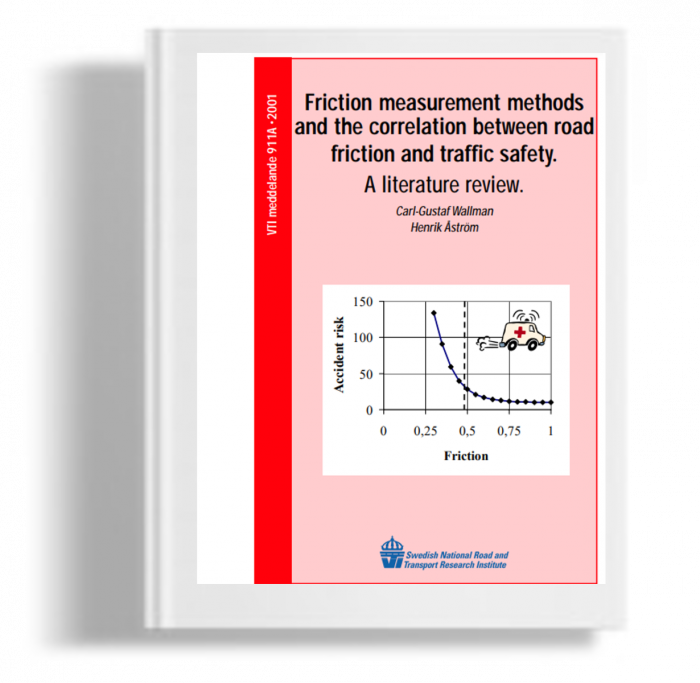Kami menggunakan cookies untuk membuat pengalaman Anda lebih baik. Untuk mematuhi petunjuk e-Pribadi yang baru, kami perlu meminta persetujuan Anda untuk menyetel cookies. Pelajari lebih lanjut .
Friction Measurement methods and the correlation betmeen road friction and traffic safety : a literature review
Doubtless, there is a strong correlation between road friction and accident risk. The problems arise when we demand a more detailed view of that correlation. The aim of the project behind this report was to gather information about the different friction methods in use and about published quantitative relations between road friction and accident risk. Regarding friction measurements, every country has instruments and methods of its own, and the friction values reported from different international investigations are therefore not directly comparable.
Doubtless, there is a strong correlation between road friction and accident risk. The problems arise when we demand a more detailed view of that correlation. The aim of the project behind this report was to gather information about the different friction methods in use and about published quantitative relations between road friction and accident risk. Regarding friction measurements, every country has instruments and methods of its own, and the friction values reported from different international investigations are therefore not directly comparable. Work on harmonisation of friction measurements is in progress. Road friction is very important for traffic safety, but it is difficult to single out the effect of poor friction on the accident risk. Drivers adjust their driving behaviour depending on many factors, e.g. the appearance of the road environment, the weather, the sound from the tyres, and the sliding and skidding movements of the vehicle. For dry or wet bare roadway, however, the conditions are comparably homogeneous, and several studies show a dramatic increase in accident risk when the friction numbers decrease below certain threshold values. For winter circumstances there are few and unreliable estimations of the correlation between accident risk and friction.

